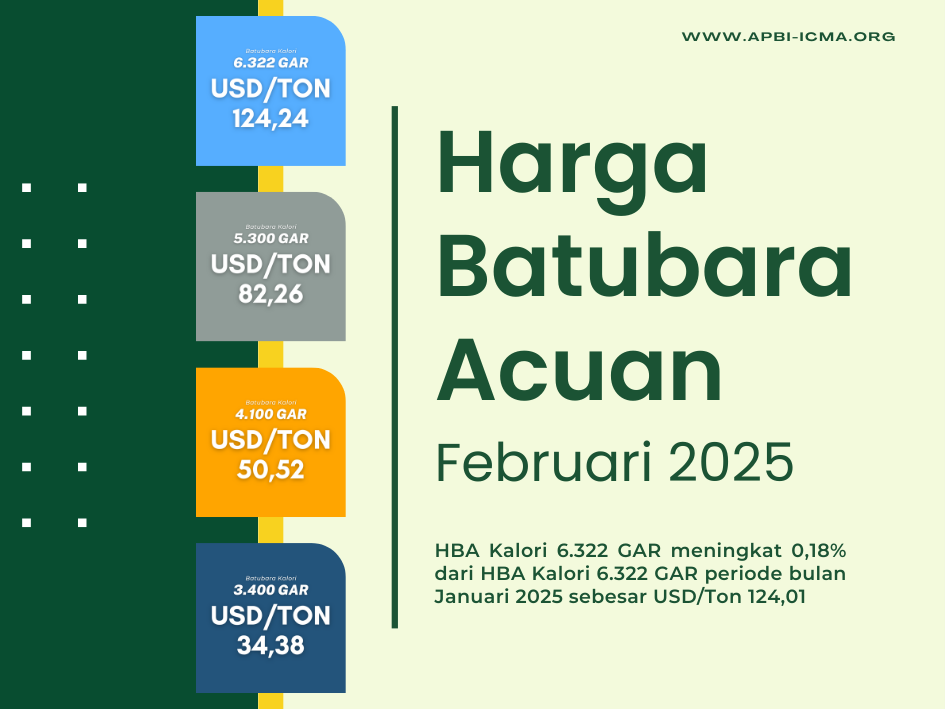
Japan has approved its targeted power mix portfolio for the April 2040-March 2041 fiscal year, as well as its new greenhouse gas (GHG) emissions reduction goal, it announced today.
The new power mix goal, the centrepiece of the country's Strategic Energy Plan (SEP), is in line with Japan's aim to reduce GHG emissions by 73pc by 2040-41 compared to 2013-14 levels. Tokyo plans to submit the 2040-41 emission target, as well as a 60pc emissions reduction goal for 2035-36, to the UN climate body the UNFCCC on 18 February as the country's nationally determined contribution (NDC).
The country has not made major changes to its draft proposal that it unveiled in December.
The new SEP sees renewable energy making up 40-50pc of the country's power generation in 2040-41, up from 22.9pc in 2023-24. The share of thermal power will fall to around 30-40pc from 68.6pc, while that of nuclear will increase to around 20pc from 8.5pc during the same period. The 2040-41 target is based on Japanese power demand of 1,100-1,200 TWh, which is higher by 12-22pc from 2023-24.
The government has planned the power portfolio so that it is not heavily dependent on one specific power source or fuel type, the country's minister for trade and industry (Meti) Yoji Muto said on 18 February, although the new plan suggests making maximum use of low-carbon power supply sources.
Public consultation over 27 December-26 January revealed that some think Japan should slow or even stop the decarbonisation process, given the US government's reversal of its climate policies, including its withdrawal from the Paris climate agreement, said Meti. But global commitment to decarbonisation will remain unchanged, said Muto, adding that Japan will lose its industrial competitiveness if the country delays green transformation efforts.
But US president Donald Trump's "drill, baby, drill" policy has prompted the Japanese government to delete a segment from the draft SEP that had initially proposed bilateral co-operation through Tokyo's green transformation strategy and the US' Inflation Reduction Act.
Despite Tokyo's decarbonisation goals, the new SEP assumes that fossil fuels, including natural gas, oil and coal, will still account for over 50pc of primary energy demand in 2040-41 in all of its scenarios — although this is down from 93pc in 2013-14 and 83pc in 2022-23. The scenarios vary based on the degree of uptake of renewables, hydrogen and its derivatives, and carbon capture and storage (CCS) technologies, to fulfil the 73pc emission reduction goal by 2040-41.
Worst-case scenario
Tokyo also has also set out a potential worst-case scenario, assuming slower development of clean technologies, in which fossil fuels would still account for 67pc of primary energy supply in 2040-41. Under this scenario, which assumes Japan will only reduce its GHG emissions by around 61pc by 2040-41, natural gas is estimated to account for about 26pc, or 74mn t, of Japan's primary energy supply, which is higher than the 53mn-61mn t in the base scenarios that are formulated in accordance to the 73pc emissions reduction target.
Japan would need to address the potential 21mn t gap in gas demand, which will mostly be met by LNG imports, in 2040-41, depending on the development of clean technologies. The gap is equivalent to 32pc of the country's LNG imports of 65.9mn t in 2024.
When asked by Argus whether the government will continue to try securing LNG to ensure energy supply security when considering the worst-case scenario, a Meti official said Tokyo should continue pursuing its 73pc GHG reduction target, but it is necessary to consider the potential risks for each individual policy and the measures that need to be taken, instead of making decisions based on the worst-case scenario.
The new SEP has highlighted the role of LNG in the country's energy transition and the necessity to secure long-term supplies of the fuel. It is unclear what ratio gas-fired capacity will account for in Japan's 2040-41 power mix, as the SEP does not include a breakdown of thermal generation. But gas-fed output is expected to take up the majority share, given that gas has already outpaced coal in power generation and Tokyo has pledged to phase out inefficient coal-fired plants by 2030.
By Motoko Hasegawa and Yusuke Maekawa





